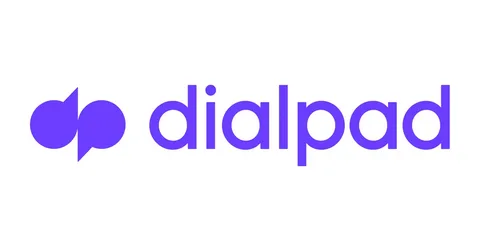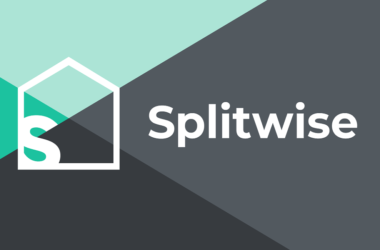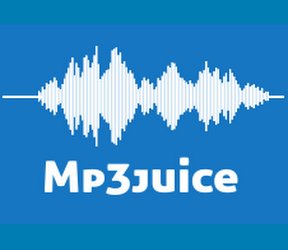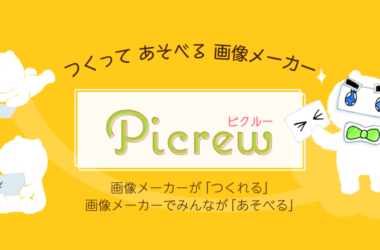Dialpad, a prominent player in the realm of communication platforms, has been making waves with its innovative features and seamless user experience. In this detailed exploration, we delve into the intricacies of Dialpad alternative, examining its standout features, potential limitations, and what distinguishes it from the competition.
Features And Limitation Of DialPad

Exploring the features and limitations of Dialpad unveils a communication platform with an intuitive interface, advanced voice recognition, and scalability, yet faces considerations such as cost implications, customization constraints, and geographical restrictions.
Features of Dialpad
- Intuitive Interface and User-Friendly Design: Dialpad prides itself on a user interface that is not only easy to navigate but also designed for maximum user efficiency. The intuitive layout ensures a seamless experience for users.
- Advanced Voice Recognition Technology: Stand out in the crowd with Dialpad’s cutting-edge voice recognition capabilities. Enjoy crystal-clear calls and a smoother user experience, thanks to this innovative feature.
- Scalability for Growing Businesses: Dialpad understands the dynamic nature of businesses. It offers scalability, allowing enterprises to expand without compromising on performance or efficiency. This makes it an ideal choice for businesses with varying communication needs.
- Integration Capabilities with Popular Business Tools: Seamless integration with essential business tools is a hallmark of Dialpad’s functionality. It ensures a cohesive workflow, streamlining communication within the organization and reducing the need to switch between different platforms.
- Comprehensive Communication Solutions: Dialpad provides a comprehensive suite of communication solutions, including voice calls, video conferencing, and messaging. This all-encompassing approach positions it as a one-stop-shop for businesses seeking diverse communication channels.
Limitations of Dialpad
- Cost Implications for Small Businesses: For smaller enterprises, the cost associated with Dialpad may pose a limitation. Exploring dialpad alternative that offer comparable features at a more budget-friendly rate becomes essential.
- Customization Constraints: Dialpad, while robust, may have limitations in terms of customization. Businesses requiring highly tailored solutions might find themselves seeking dialpad alternative that provide greater flexibility to meet specific needs.
- Geographical Restrictions: Certain geographical constraints may affect Dialpad’s accessibility. Businesses with a global presence may need to explore alternatives that offer broader geographic coverage to ensure seamless communication across borders.
- Security Concerns: In an era of increasing cybersecurity threats, businesses prioritize platforms that offer top-notch security features. Evaluating dialpad alternative with enhanced security protocols becomes crucial to ensuring the protection of sensitive data.
- Adoption Ease for Diverse User Base: While Dialpad is designed for user-friendliness, businesses with a diverse user base may encounter challenges in terms of adoption. Factors such as varied technological proficiency and preferences need consideration for seamless integration.
What Sets DialPad Apart ?
What sets Dialpad apart is its harmonious fusion of cutting-edge technology and user-centric design. Unlike its counterparts, Dialpad stands out with an intuitively crafted interface that seamlessly integrates advanced voice recognition technology, ensuring unparalleled call quality and a frictionless user experience. Its scalability caters to the evolving needs of businesses, distinguishing it as a platform that grows with the user.
The ability to seamlessly integrate with popular business tools further solidifies Dialpad’s position, offering a holistic communication solution under one virtual roof. This all-encompassing approach, coupled with a commitment to user-friendly design, positions Dialpad as a standout choice in the competitive landscape of communication platforms.
Need For DialPad Alternative
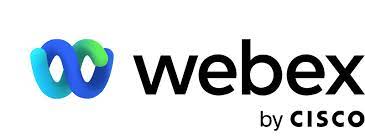
The quest for a DialPad alternative is driven by a nuanced combination of factors, including the need for cost-efficient solutions, customization capabilities tailored to specific business requirements, demands for geographic flexibility in a globally connected landscape, and an unwavering commitment to security and compliance priorities.
1. Cost-Efficiency Considerations
Businesses, especially smaller enterprises, find themselves exploring alternatives to Dialpad due to cost considerations. While Dialpad offers a comprehensive suite of features, its pricing structure may pose challenges for organizations with budget constraints. The need for a Dialpad alternative arises from the desire to strike a balance between cost-effectiveness and essential communication functionalities. Companies often seek alternatives that provide comparable features at a more budget-friendly rate, ensuring optimal value for their investment.
2. Customization Requirements
Dialpad, while robust in its offerings, may fall short in meeting the specific customization needs of certain businesses. Enterprises with unique workflows, industry-specific requirements, or a distinct organizational structure may find Dialpad’s capabilities limiting. The quest for a Dialpad alternative becomes imperative when businesses prioritize communication platforms that can be tailored to their specific needs, providing a more personalized and flexible solution that aligns seamlessly with their operations.
3. Geographic Flexibility Demands
The geographical restrictions of Dialpad may become a significant factor for businesses with a global presence. In an era where remote work and international collaboration are prevalent, organizations require communication platforms that offer geographic flexibility. Seeking a Dialpad alternative becomes necessary for enterprises that need a solution ensuring seamless connectivity and accessibility across various regions, enabling effective communication irrespective of geographical boundaries.
4. Security and Compliance Priorities
As the digital landscape becomes more complex, businesses prioritize communication platforms with robust security features. The need for a Dialpad alternative often stems from companies seeking advanced security protocols that safeguard sensitive information and ensure compliance with industry regulations. Whether it’s encryption standards, secure data storage, or adherence to specific compliance frameworks, businesses explore alternatives to Dialpad that provide the necessary security measures to protect their confidential data and maintain regulatory compliance.
Commonly Used Dialpad Alternatives For Enhanced Communication
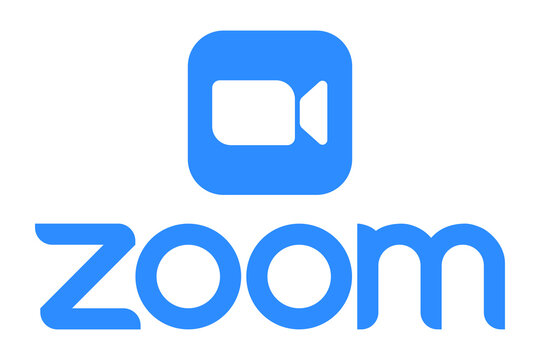
In the ever-evolving landscape of communication platforms, businesses are on a perpetual quest to find alternatives to Dialpad that align more closely with their unique communication needs. Let’s delve deeper into the features and advantages of each of these widely adopted alternatives, showcasing the diversity of options available in the market.
1. Zoom – Bridging the Communication Gap with Video Conferencing Prowess
Zoom has become a household name when it comes to virtual meetings, owing to its exceptional video conferencing capabilities. Beyond the basic functionalities, Zoom offers a plethora of features such as virtual backgrounds, breakout rooms for focused discussions, and interactive collaboration tools. Businesses often opt for Zoom as a Dialpad alternative due to its user-friendly interface, making it a go-to choice for enhanced communication through virtual meetings and collaboration.
2. Microsoft Teams – A Comprehensive Collaboration Hub
Microsoft Teams stands out as an alternative that goes beyond traditional communication boundaries. Integrated seamlessly with the Office 365 suite, it transforms into a comprehensive collaboration hub. Real-time file sharing, threaded conversations, and integration with Microsoft applications make Teams an appealing choice for businesses seeking an all-encompassing communication solution that extends beyond what Dialpad provides.
3. Google Meet – Simplifying Virtual Meetings
Google Meet, as part of the Google Workspace, offers simplicity and efficiency in virtual meetings. The integration with other Google applications facilitates a smooth collaboration experience. From easy calendar scheduling to real-time document editing during meetings, Google Meet simplifies virtual interactions. This simplicity becomes a key factor for businesses considering alternatives to Dialpad, especially those already embedded in the Google ecosystem.
4. RingCentral – Unifying Communication Channels
RingCentral positions itself as a unifying force in the realm of communication platforms. Acting as a Dialpad alternative, it brings voice, video, and messaging features under one roof. This integration ensures a cohesive communication experience across various channels, making it an ideal choice for businesses aiming to streamline interactions and improve overall connectivity.
5. Cisco Webex – Elevating Virtual Collaboration
Cisco Webex stands as a stalwart in the realm of virtual collaboration, offering a robust alternative to Dialpad. Known for its secure communication services, Webex focuses on elevating virtual collaboration. Businesses opt for Cisco Webex for its high-quality video conferencing, comprehensive collaboration tools, and stringent security features. It caters to organizations prioritizing effective remote collaboration and communication.
6. Slack – Emphasizing Real-time Communication
Slack has carved a niche for itself by emphasizing real-time messaging and collaboration. As an alternative to Dialpad, Slack’s agility in facilitating instant communication makes it an attractive choice for businesses looking for efficient real-time interactions. Its user-friendly interface and diverse integrations enhance team collaboration, positioning it as a go-to platform for dynamic communication needs.
7. 8×8 – Comprehensive Communication Solutions
For businesses seeking a comprehensive suite of communication solutions, 8×8 emerges as a compelling alternative. Offering voice, video, and chat functionalities, 8×8 serves as a one-stop-shop for communication needs. This integrated approach streamlines interactions, enhancing overall connectivity and making it an enticing choice for organizations looking to consolidate their communication tools.
8. Avaya – Tailored Communication Solutions for Enterprises
Avaya distinguishes itself by tailoring communication solutions specifically for enterprises. As an alternative to Dialpad, Avaya’s focus on customization allows businesses to shape the platform according to their unique requirements. This makes Avaya an ideal choice for larger organizations seeking a communication platform that aligns precisely with their business needs, ensuring a tailored and efficient solution.
9. Vonage – Cloud Communication for Seamless Connectivity
Vonage enters the scene as a provider of cloud communication solutions, emphasizing seamless connectivity for businesses. As a Dialpad alternative, Vonage’s cloud-based approach offers scalability and feature-rich offerings. This makes it an attractive choice for businesses looking to harness the advantages of cloud-based communication, ensuring flexibility and adaptability as communication needs evolve.
10. BlueJeans – Prioritizing High-Quality Video Conferencing
BlueJeans takes the spotlight with its emphasis on delivering high-quality video conferencing experiences. Businesses exploring alternatives to Dialpad with a focus on video communication often turn to BlueJeans for its impressive capabilities. The platform ensures clear and efficient virtual meetings, making it a preferred choice for organizations prioritizing the visual aspect of remote collaboration.
Factors To Consider While Choosing The Perfect Dialpad Alternative
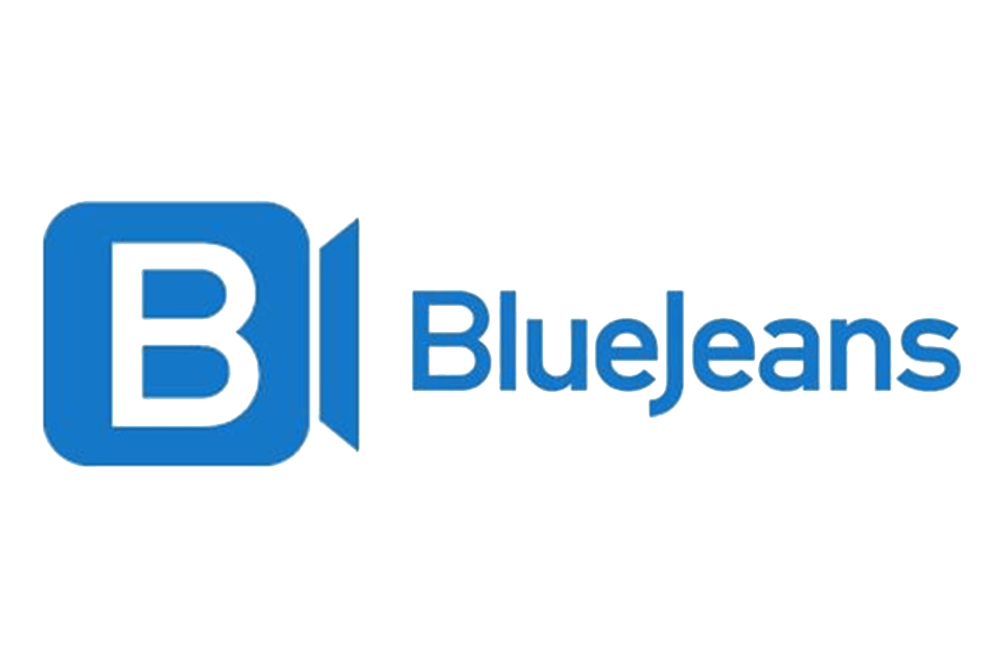
In the intricate process of selecting a communication platform that resonates with the unique dynamics of a business, a thorough evaluation of several crucial factors becomes paramount. Delving deeper into each consideration ensures a holistic understanding, guiding organizations towards the perfect Dialpad alternative tailored to their specific needs.
1. Cost Comparison and Budget Considerations
The financial aspect of adopting a communication platform requires a nuanced examination. Beyond the initial costs, businesses must delve into the ongoing expenses associated with maintenance, upgrades, and additional features. A comprehensive cost comparison between potential alternatives to Dialpad involves scrutinizing the value each platform brings against its associated expenses. Striking a delicate balance between affordability and feature richness is essential to avoid overburdening the budget while ensuring the chosen platform meets the organization’s communication requirements.
2. Scalability and Future Growth Prospects
In the ever-evolving landscape of business, scalability is a critical factor for long-term viability. When contemplating Dialpad alternatives, organizations must consider how well a platform can grow alongside the business. A communication solution that seamlessly accommodates expansion and increased usage ensures that the chosen alternative remains relevant and effective, even as the organization evolves. Evaluating the scalability of each option provides foresight, preventing the need for frequent transitions as the business expands.
3. Integration Capabilities with Existing Tools
Efficiency in modern workflows relies heavily on the seamless integration of various tools and applications. Businesses evaluating Dialpad alternatives should prioritize platforms that integrate effortlessly with their existing suite of tools. This integration streamlines workflow processes, allowing teams to communicate seamlessly without unnecessary disruptions. A communication platform that aligns with the organization’s current tech stack enhances productivity by ensuring a cohesive and interconnected work environment.
4. User-Friendly Interface and Adoption Ease
The success of any communication platform hinges on its adoption by users. User-friendliness is not just a convenience factor; it is a catalyst for effective communication. A platform with an intuitive interface minimizes the learning curve for employees, promoting swift adoption. As businesses explore Dialpad alternatives, prioritizing options that prioritize user experience contributes to higher engagement and productivity. Ensuring that team members can navigate and leverage communication tools effortlessly is key to harnessing the full potential of the chosen platform.
5. Security Protocols and Data Protection Measures
In an era marked by escalating cybersecurity threats, the security features of a communication platform are paramount. Organizations should conduct a thorough examination of the security protocols and data protection measures offered by potential Dialpad alternatives. Robust encryption, secure data storage, and adherence to industry-specific compliance regulations become non-negotiable aspects. Prioritizing a platform that prioritizes the confidentiality of communications ensures the safeguarding of sensitive information, building trust and credibility within the organization.
Conclusion
In conclusion, the quest for a Dialpad alternative is a nuanced exploration of features, limitations, and unique business requirements. By considering the diverse range of alternatives available, businesses can make an informed decision that aligns with their communication needs. Whether it’s Zoom’s video conferencing prowess, Microsoft Teams’ comprehensive collaboration hub, or the tailored solutions offered by Avaya, the perfect alternative awaits those willing to explore the vast landscape of communication platforms.




